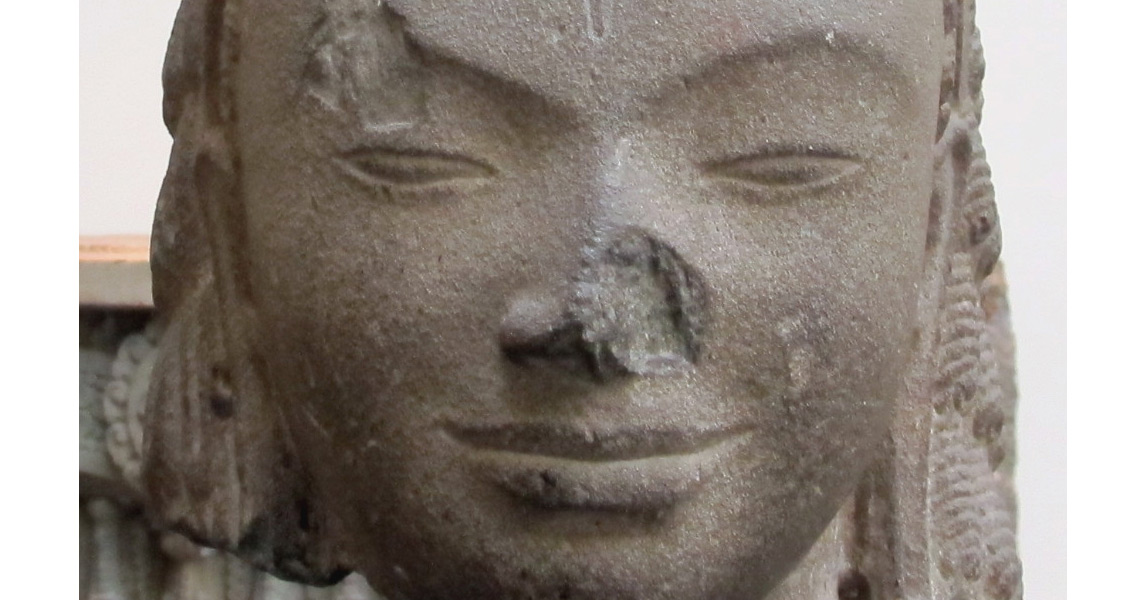<![CDATA[Over a hundred years ago, when Cambodia was a French colony, the disembodied head of a pre-Angkorian statue was found by a French official at the Phnom Da temple located in the Takeo province. The head was sent to France, along with several other artifacts – with the then Cambodian King’s permission – to showcase Khmer artwork. Since 1889 it was exhibited at France’s Musée Guimet. 'Was' is the key word, because after lengthy negotiations between Cambodia’s Council of Ministers and the French Ministry of Culture the head of the seventh-century Khmer statue has been returned to Cambodia and reunited with its body. This reconciliation becomes all the more symbolic when you consider the deity the statue represents and its place in the Hindu religion. The statue is of Harihara, (also known as the Shankara-Nayarana) who represents the unity of two separate deities found in the Hindu tradition - Vishnu (Hari) and Shiva (Hara). Therefore, Harihara is regarded by the Vaishnavites and Shaivites alike as a representation of the Supreme God. The diversity found within Hinduism encourages a multitude of beliefs, of these Vaishnavism and Shaivism are two large and important traditions (along with Shaivism, Smartism and Shaktism). Some teachings focus on Vishnu (along with his related avatars, including Krishna and Rama) being the Supreme God, while others consider Shiva (along with her various avatars as well, such as Pashupata and Mahadeva) to be the Supreme God. Hindu philosophy discusses Harihara as the concept of the ‘oneness of all existence’, with the various Gods being equal. Shiva is represented on Harihara’s right side - terrifying, destructive and feminine are attributes often associated with her. Harihara’s left side represents Vishnu – considered a pacifist, auspicious and masculine. The joining of the two is representative of the sacred and ultimate power of the universe, making this unification supreme over all other gods. Hindu philosophical schools still debate the precise nature of this unity. The reunion was instigated after excavations at the Phnom Da temple uncovered a variety of statues plus a headless torso broken into several pieces. The pieces were taken to the National Museum to be reconstructed. At this point it wasn’t even certain if the head in a museum in France was a match. Ultimately, a cast of the torso was made and shipped to France to determine if in fact the head matched the body. It did. In fact, the Deputy Director of Conservation at the French museum, Chea Socheat, who sealed the pieces together told a Cambodian newspaper it was a perfect fit. After the match was confirmed, the negotiations began. At the end of the diplomatic process the Musée Guimet agreed to make a permanent loan of the Harihara’s head to the Cambodian National Museum, while Cambodia offered to permanently loan the French museum a tenth-century Cambodian statue that’s currently in the museum’s collection. Several of the earliest sculptures of Harihara have been found in India in the Badami cave temples dating from the sixth-century. Image courtesy of Wikimedia Commons user: sailko ]]>
Oneness Achieved As Harihara Statue Is Reunified
